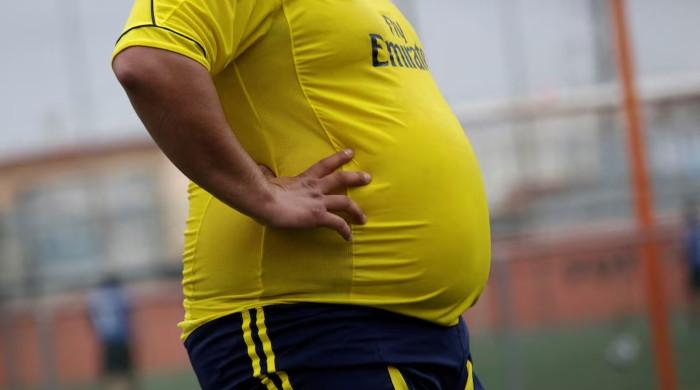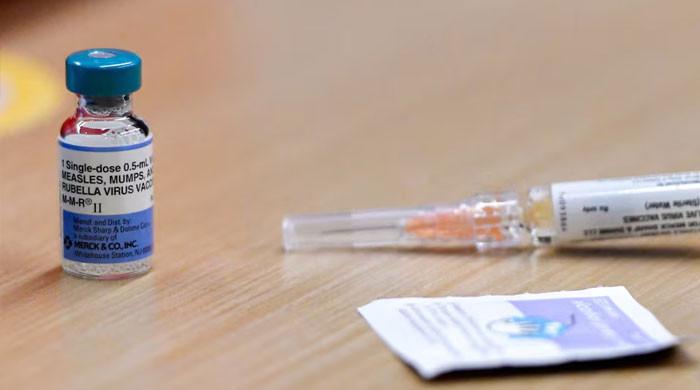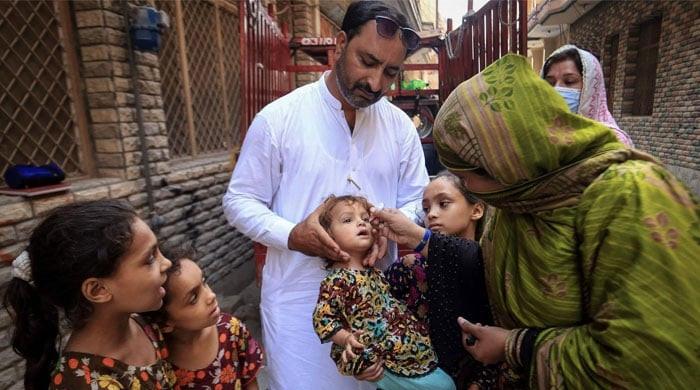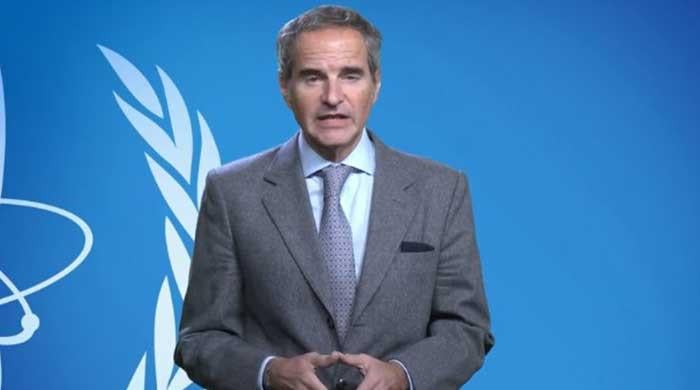Malaria MDG target achieved but three billion people remain at risk: UN report
ISLAMABAD: Malaria death rates have plunged by 60% since 2000, translating into 6.2 million lives saved, the vast majority of them children. Yet, about 3.2 billion people, meaning almost half of the...
September 23, 2015
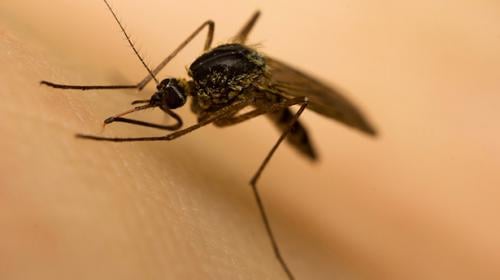
Titled ‘Achieving the malaria MDG target,’ the report also critically points out that annual funding for malaria will need to triple from $ 2.7 billion today to $ 8.7 billion in 2030 if meaningful gains are to be made. On a more positive note, the report shows that the malaria MDG target to “have halted and begun to reverse the incidence” of malaria by 2015, has been met ‘convincingly,’ with new malaria cases dropping by 37% in 15 years.”
According to the report, 89% of all malaria cases and 91% of deaths in 2015 were in sub-Saharan Africa. It also noted that of the 106 countries and territories with malaria transmission in 2000, 102 are projected to reverse the incidence of malaria by the end of 2015. The report states that an increasing number of countries are on the verge of eliminating malaria. In 2014, 13 countries reported zero cases of the disease and 6 countries reported fewer than 10 cases. The fastest decreases were seen in the Caucasus and Central Asia, which reported zero cases in 2014, and in Eastern Asia.
Despite tremendous progress, malaria remains an acute public health problem in many regions. In 2015 alone, there were an estimated 214 million new cases of malaria, and approximately 438,000 people died of this preventable and treatable disease. About 3.2 billion people are at risk of malaria, the report informs.
Some countries continue to carry a disproportionately high share of the global malaria burden. Fifteen countries, mainly in sub-Saharan Africa, accounted for 80% of malaria cases and 78% of deaths globally in 2015, states the report. Children under 5 account for more than two-thirds of all deaths associated with malaria. Between 2000 and 2015, the under 5 malaria death rate fell by 65%.
According to the report, global bi-lateral and multi-lateral funding for malaria has increased 20-fold since 2000. Domestic investments within malaria-affected countries have also increased year by year. A number of donor governments have made the fight against malaria a high global health priority. The surge in funding has led to an unprecedented expansion in the delivery of core interventions where they are needed the most. In May 2015, the World Health Assembly adopted the WHO Global Technical Strategy for Malaria — a new 15-year road map for malaria control. The strategy aims at a further 90% reduction in global malaria incidence and mortality by 2030.
The WHO-Unicef report notes that these targets can only be achieved with political will, country leadership, and significantly increased investment.
This story first appeared in The News.





